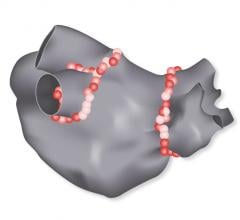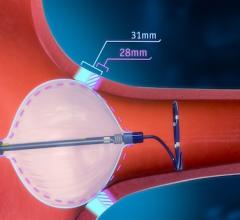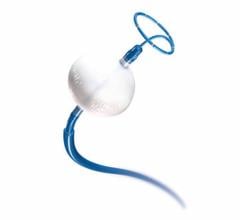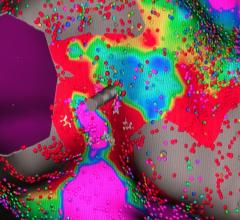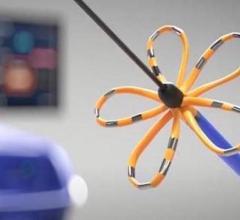November 30, 2018 — Johnson & Johnson Medical Devices Companies announced that Biosense Webster Inc. has enrolled and ...
Atrial Fibrillation
This channel includes news and new technology innovations for the treatment of atrial fibrillation, also referred to as AF or afib. AF is a cardiac arrhythmia caused by irregular and often rapid heart rate. It is caused by the upper chambers (the atria) beating irregularly and uncoordinated with the lower ventricle chambers of of the heart. Symptoms include weakness with heart palpitations and shortness of breath. The conditional can lead to an increased risk of stroke and heart failure. AF episodes can cause the blood in the atria to stagnate and form clots, usually within the left atrial appendage (LAA). The clots can flow to the brain and cause a stroke. Treatments include anticoagulation therapy to dissolve clots, catheter or surgical ablation and LAA occlusion.
Wilber Su, M.D., chief of cardiac electrophysiology, Banner University Medical Center, Phoenix, and clinical associate ...

November 7, 2018 — Here is a list of some of the key clinical trial presentations at the 2018 American Heart Association ...
When performing radiofrequency (RF) ablation to treat cardiac arrhythmia, medical professionals must balance the safety ...
October 9, 2018 — Biosense Webster Inc. recently received approval from the U.S. Food and Drug Administration (FDA) for ...

Advances in the technology of wearable cardiac monitors are improving both the experience of the patient and the ...

For over a decade, the cardiac cryoablation industry has seen little in the way of technological advancements. Yet ...
August 28, 2018 — Medtronic plc announced new findings from the CRYO4PERSISTENT AF clinical trial demonstrating improved ...
July 13, 2018 — Boston Scientific Corp. recently announced a definitive agreement to acquire Cryterion Medical Inc., a ...
July 5, 2018 — Using catheter-based ablation instead of medications alone reduces the risks of death and stroke in ...
In the United States, the options currently available for cardiac ablation use thermal mechanisms to ablate tissue and ...
June 27, 2018 — Results from a 902-person, five-country survey of people living with atrial fibrillation (AF) reinforce ...
June 26, 2018 — MedStar Heart & Vascular Institute physicians participating in a clinical trial have become the first in ...
There is a movement toward real-time, remote cardiac monitoring with the latest generation of event and Holter monitor ...
When the patients of Michael Boler, M.D. need cardiac monitoring, the Holter monitor is no longer his first choice. “The ...
June 12, 2018 — Volta Medical, out of Marseille, France, has developed the first artificial intelligence (AI) software ...
June 5, 2018 — Philips Healthcare has signed an agreement to acquire EPD Solutions, a provider of image-guidance in ...

June 5, 2018 — The future of cardiovascular care will be transformed by advances in artificial intelligence, digital ...


 November 30, 2018
November 30, 2018


